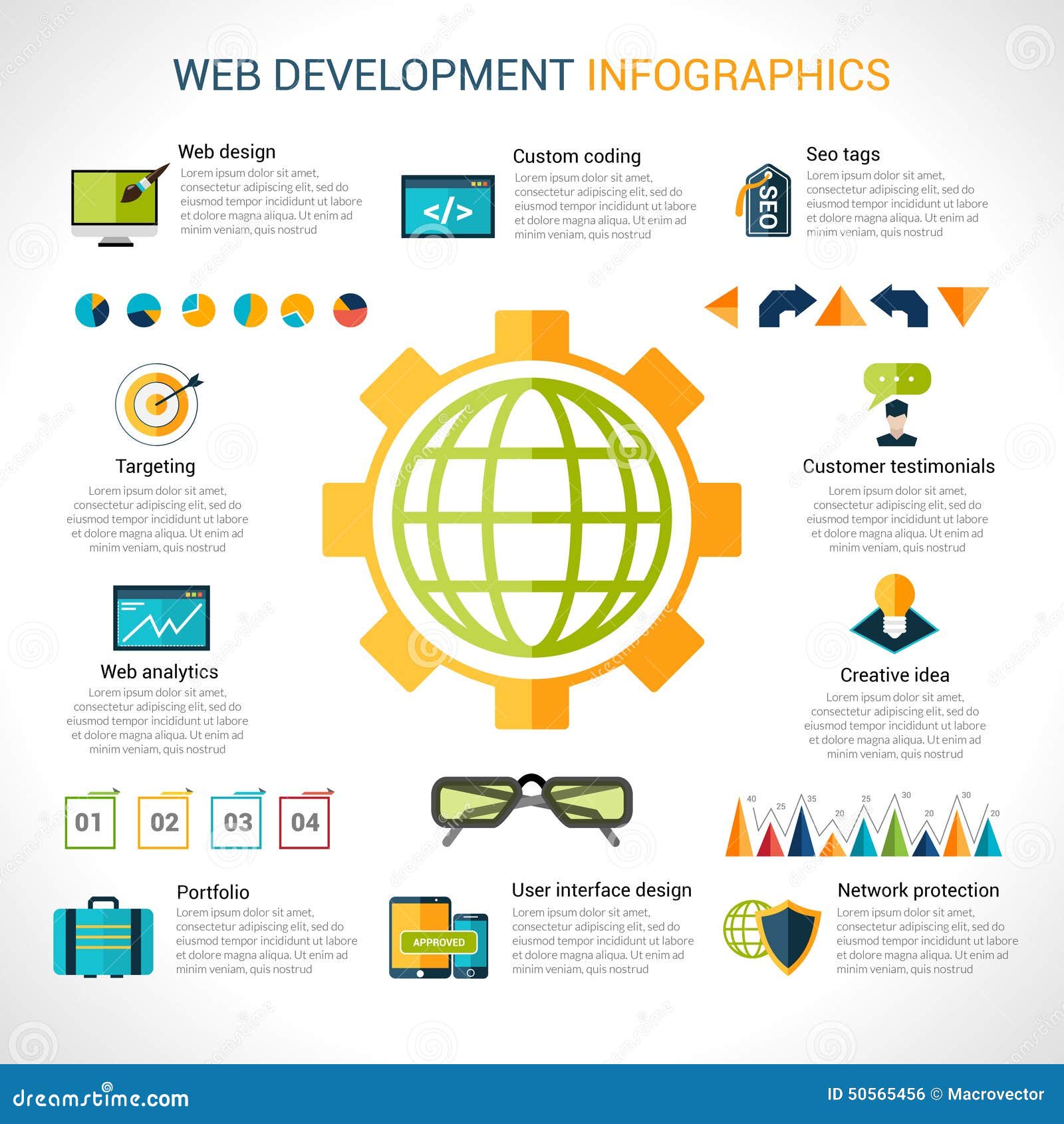The Growth Of Web Site Design: From Earlier Times To Currently
The Growth Of Web Site Design: From Earlier Times To Currently
Blog Article
Content Writer-Johnsen Clarke
In the past, sites were straightforward and focused on details. Navigating was direct, and design was for desktop computers. Now, user experience is essential. https://www.cmswire.com/digital-marketing/is-it-possible-to-have-both-privacy-and-personalization/ overviews designs for very easy navigating. Responsive formats match different gadgets. Today, dark mode reduces stress, and minimalist menus enhance navigation. Interactive attributes involve individuals, and vibrant visuals attract attention. AI assimilation boosts involvement. See how design has actually advanced to boost your online trip.
Very Early Days of Web Design
In the early days of web design, simplicity preponderated. Sites were basic, with minimal colors, fonts, and designs. The emphasis got on supplying details instead of flashy visuals. https://edgy.app/seo-writing-for-beginner accessed the internet with slow dial-up connections, so speed and functionality were essential.
Navigating menus were straightforward, typically situated on top or side of the page. Sites were made for desktop, as mobile browsing had not been yet prevalent. Web content was king, and designers focused on very easy readability over complicated layout components.
HTML was the main coding language made use of, and designers had to function within its restraints. Computer animations and interactive attributes were very little contrasted to today's criteria. Web sites were static, with little dynamic content or tailored individual experiences.
Increase of User-Focused Design
With the development of internet site layout, a shift in the direction of user-focused layout concepts has actually become progressively popular. Today, creating web sites that focus on individual experience is important for engaging site visitors and attaining company objectives. User-focused layout involves comprehending the demands, choices, and behaviors of your target market to customize the website's format, web content, and features accordingly.
Designers currently conduct thorough research study, such as individual surveys and functionality testing, to collect understandings and responses straight from individuals. This data-driven strategy helps in producing instinctive navigation, clear calls-to-action, and visually enticing user interfaces that resonate with visitors. By placing the user at the center of the layout procedure, websites can deliver an extra customized and delightful experience.
Receptive style has likewise emerged as a key element of user-focused layout, ensuring that websites are maximized for numerous devices and screen sizes. This versatility improves ease of access and use, catering to the varied ways users communicate with websites today. Basically, the rise of user-focused layout signifies a change towards producing digital experiences that focus on the demands and assumptions of the end customer.
Modern Trends in Web Design
Check out the latest patterns shaping web design today. One prominent trend is dark setting design, providing a sleek and contemporary look while decreasing eye strain in low-light atmospheres. One more vital pattern is minimal navigating, simplifying menus and boosting individual experience by focusing on essential elements. Including micro-interactions, such as computer animated switches or scrolling effects, can develop a more engaging and interactive site. Responsive style stays important, guaranteeing seamless individual experiences across numerous devices. Furthermore, utilizing strong typography and asymmetrical designs can include aesthetic rate of interest and draw attention to certain web content.
Integrating AI innovation, like chatbots for client support or tailored recommendations, improves customer involvement and simplifies processes. Access has additionally become a significant trend, with developers focusing on comprehensive layout methods to satisfy diverse customer needs. Embracing sustainability by maximizing web site efficiency for speed and performance is one more emerging fad in website design. Collaborating with individual feedback and data analytics to repeat and improve design continuously is vital for remaining appropriate in the ever-evolving digital landscape. By embracing these contemporary patterns, you can create an aesthetically enticing, straightforward internet site that resonates with your audience.
Final thought
As you review the development of internet site design from the very early days to currently, you can see exactly how user-focused layout has ended up being the driving pressure behind contemporary trends.
Accept the trip of modification and adaptation in web design, constantly maintaining the user experience at the center.
Tippingpointdigital
Keep existing with the current patterns and modern technologies, and never stop progressing your approach to produce visually magnificent and easy to use sites.
Develop, adjust, and develop - the future of website design remains in your hands.
